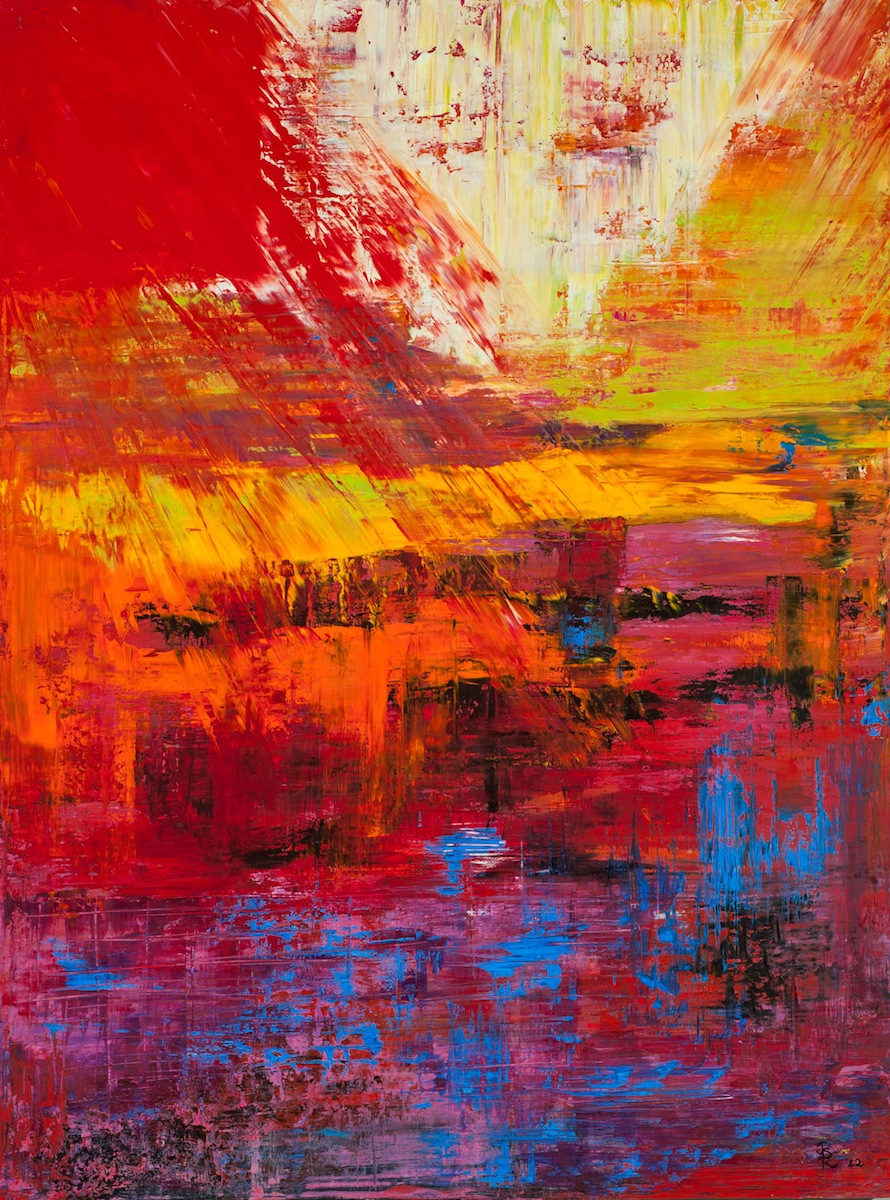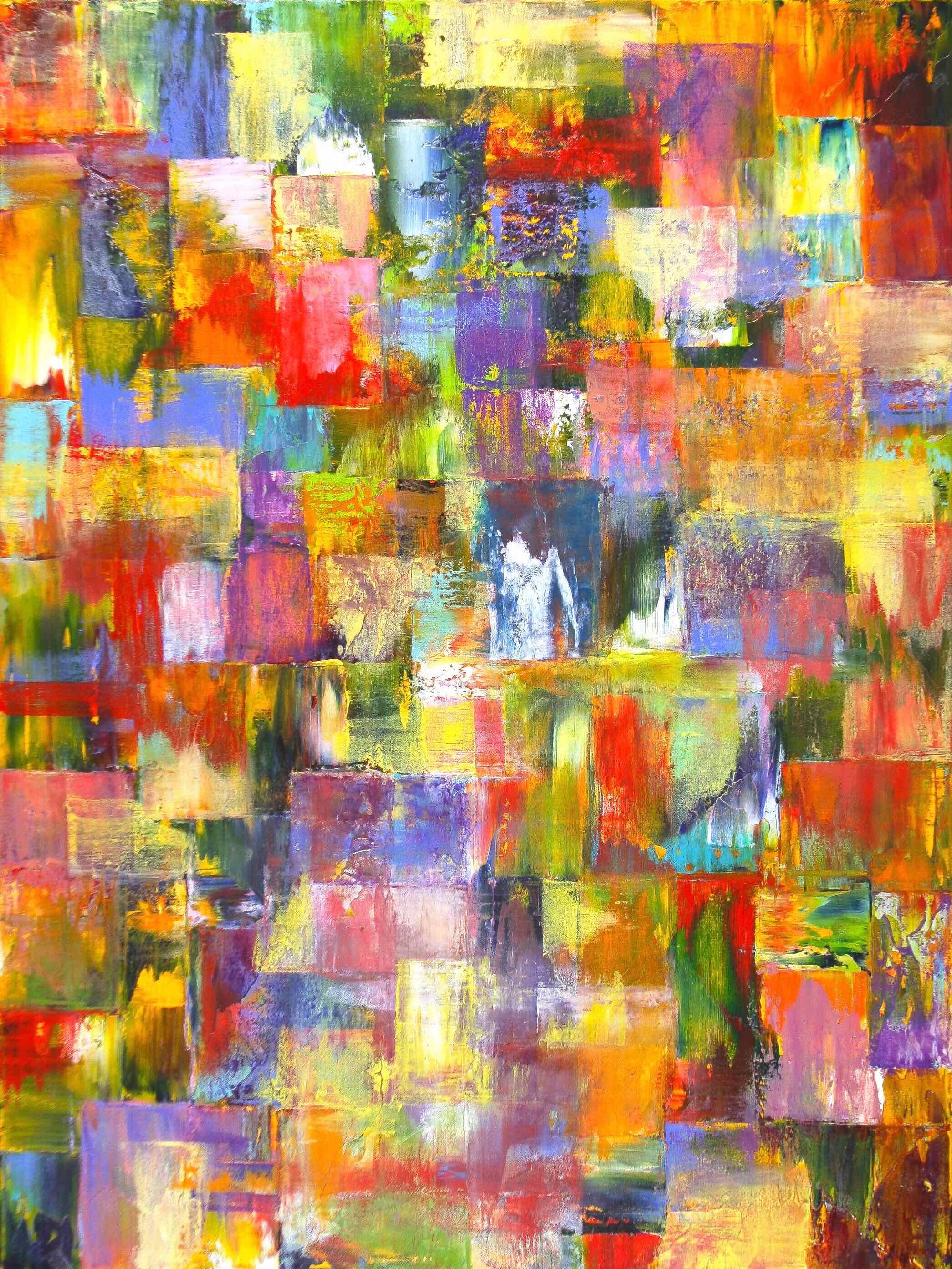Produced by Stick Figure Productions, 2019
Jill S. Krutick - Biography
Jill Krutick (b. 1962) is an American contemporary abstract expressionist who painted privately for over 30 years and studied at The Art Students League of New York. In 2010, she began publicly exhibiting her work. She has been praised by world-famous art critics and has had multiple solo museum exhibitions and scores of group exhibitions.
As a young painter and pianist, later as a media executive and board member, Ms. Krutick has spent her life dedicated to the arts. Painting emerged as her greatest passion, which she now pursues full time in her Westchester, New York studio.
Her work is in over 100 private and public collections as well as the permanent collections of the Coral Springs Museum of Art, in Coral Springs, Florida; Yellowstone Museum of Art, in Billings, Montana; The Longwood Center for the Visual Arts in Farmville, Virginia; and the University of Pennsylvania in Philadelphia, Pennsylvania.
Artist Statement
My paintings trace my joyful path of self-discovery and creative exploration. Using only texture, form, and color, I try to capture intense beauty and the constant flux of nature: galaxies, skies, blossoms, and tides. I combine abstract expressionist gestures, impressionist luminosity, and personal symbols of change on textured surfaces that contrast light and dark to achieve pictorial balance.
My early work centered on geometric patterns with linear up and down movements contrasted with the right to left movements of my palette knife, creating a tapestry-like effect of precision and depth.
As my work developed, I began to look at other painters and their techniques. I revisited the feminist approach to abstraction, and the work of artists like Helen Frankenthaler, Lee Krasner and Joan Mitchell. Frankenthaler and her peers were not fixated on “dominating” the canvas with bold bravura gestures like other male AbEx painters. Instead, these female painters developed a “conversation” with their materials -- eschewing thick impasto techniques in favor of blended wet-on wet, or saturated surfaces. In many ways, these methods were more about “listening” to the paint talk than about intentional marks.
The paintings capture the aqueous effects of water and mirror a willingness to let the surface dictate what it wants. After a lot of experimentation, I found that watercolor has become a natural conduit to achieve flexibility with effects that mirror the philosophical spirit of my work. It has become a stepping stone to capture fluidity, which can then be mirrored with more lasting mediums like acrylic and oil paint.
Unlike Jackson Pollock, artists’ like Frankenthaler “opposed the stroke” and “partnered” with the materiality of the canvas to achieve a harmony with the substrata of the work on canvas. This strategy is the focus of my recent efforts -- to submerge attention of my work and create an immersive experience. I have become truer to myself by letting go and allowing chance and randomness enter the work. As a result, I am more confident, and ironically “more in charge” of the materials, and my own ideas.
The first layer of thinned out paint gives me a roadmap from which to build texture, an essential component for capturing the world. My oceanic paintings come to life by incorporating watercolor techniques together with various acrylic mediums, paper and found objects (garbage).
Thalassa, 2021, 40 x 40 inches, Mixed media on canvas.
My eco-watercolor series was a building block to creating the oceanic series. Contours of the Earth have three components: After Sea Rise, Aridification and The Big Thaw. These three series of abstract watercolor paintings represent post-apocalyptic imagined shapes of the world after the effects of climate change.










